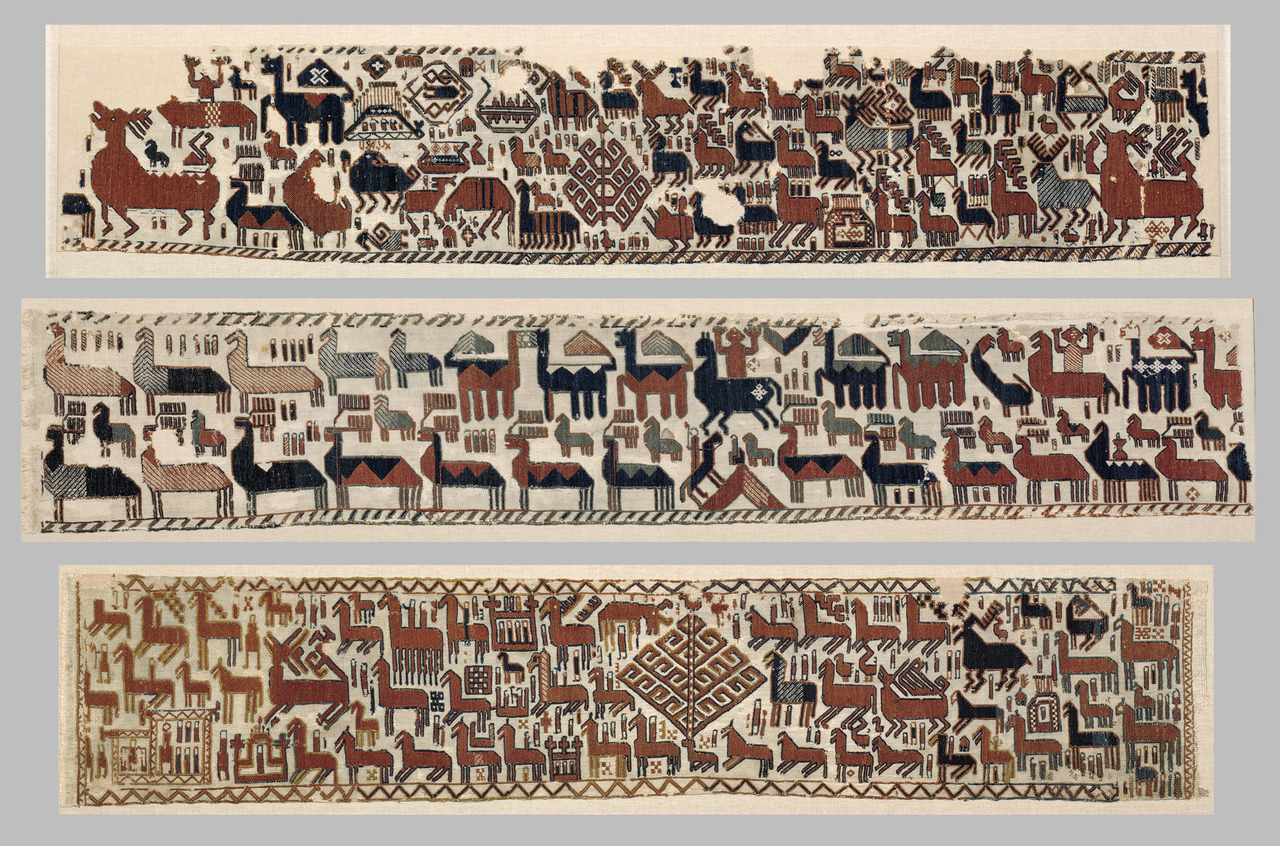Let's be honest, I don't know much about Viking art, which is also known commonly as Norse art. Time to change this situation!
Today we present several tapestries, collectively known as the Överhogdal tapestries. It is a group of extraordinarily well-preserved textiles dating from late Viking Age or early Middle Ages that were discovered in the village of Överhogdal in Härjedalen, Sweden. Their unusually good condition, the strong colors, and the many figures and symbols depicted on them make them an invaluable testimony of that epoch.
The Överhogdal tapestries have been theorized as depicting imagery of both Norse and Christian origin. The contents of the pictures are much debated; some characters have a pagan content, featuring the detailed look of Odin's horse Sleipnir, while other characters are clearly part of Christian imagery. The artwork depicts stylized animals, dark blue and red horses, birds, and people. There is also a ship, a tree, and inscriptions. The four surviving sections of the tapestries have 323 figures of people and 149 animals, all generally moving to the left. Some scholars have suggested that what is shown is the Christianization of the region Härjedalen. The dominant theory today, however, given the radiocarbon dating of the tapestries, is that Ragnarök, a series of events foretold to occur in Norse mythology, is being depicted.
P.S. Learn more about Norse mythology in art!


 Unknown Artist
Unknown Artist